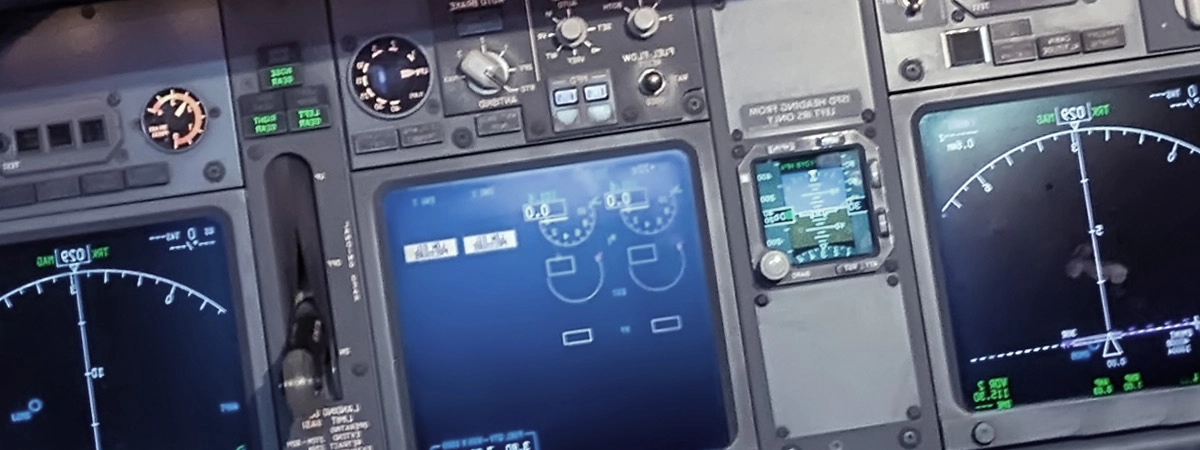ETSI EN 303 132 VHF Marine Radio Performance Testing
The ETSI EN 303 132 standard is pivotal in the marine and ship equipment testing sector, particularly for navigating the stringent requirements of international maritime communication. This test focuses on verifying the performance parameters of Very High Frequency (VHF) marine radios used in ships to ensure they meet all necessary standards before deployment.
The VHF radio systems are critical not only for emergency communications but also for routine vessel management and navigation. Ensuring that these devices comply with ETSI EN 303 132 is crucial, as it helps prevent potential failures at sea, which could lead to significant safety risks. This standard sets out detailed criteria for the performance of VHF marine radios, including their operational range, signal quality, interference resistance, and robustness under various environmental conditions.
The testing procedure involves a series of comprehensive checks that cover both functional and performance aspects. The tests are conducted in controlled laboratory environments to simulate real-world scenarios where these devices will be used. This ensures that the results obtained are reliable and indicative of actual field performance.
- Operational Range: Testing for maximum operational range under various environmental conditions, including sea state, interference levels, and geographical location.
- Signal Quality: Evaluating signal strength, clarity, and fidelity to ensure consistent communication quality.
- Interference Resistance: Assessing the radio's ability to operate effectively in environments with high electromagnetic noise.
- Ruggedness Testing: Ensuring that the device can withstand harsh marine conditions such as saltwater exposure, humidity, and temperature fluctuations.
The instrumentation used for this testing includes specialized VHF radio simulators, spectrum analyzers, and environmental chambers designed to replicate maritime environments. The test setup also involves real-world communication scenarios to evaluate the radios' performance under actual operating conditions.
Compliance with ETSI EN 303 132 is essential for manufacturers looking to enter or remain in compliance with international standards. This ensures that their products are not only reliable but also meet the stringent requirements set by regulatory bodies worldwide.
Benefits
Compliance testing according to ETSI EN 303 132 offers numerous benefits, both for manufacturers and end-users of VHF marine radios. For manufacturers, it ensures that their products meet the highest standards of performance and reliability, thereby enhancing brand reputation and consumer trust.
- Enhanced Safety: By ensuring that all equipment meets the stringent criteria set by this standard, there is a direct improvement in safety at sea. This reduces the risk of communication failures during critical moments such as emergencies or navigation challenges.
- Regulatory Compliance: Meeting these standards ensures compliance with international regulations, making it easier for manufacturers to export their products globally without facing regulatory barriers.
- Improved Product Quality: The rigorous testing process helps identify any potential issues early in the development cycle, allowing manufacturers to improve product quality and reduce costly recalls or repairs after deployment.
For end-users, having devices that comply with ETSI EN 303 132 means better reliability and performance. This translates into improved communication capabilities, which are crucial for both routine operations and emergency situations on board ships.
The testing also helps in reducing the environmental impact by ensuring that only robust and efficient devices reach the market. This not only promotes sustainability but also ensures that resources are utilized efficiently without unnecessary waste or replacement costs.
Quality and Reliability Assurance
- Consistent Performance: The testing process ensures that each unit performs consistently across different operating conditions, which is vital for reliable communication at sea.
- Precision Testing: Using advanced instrumentation allows for precise measurements of various performance parameters, ensuring accuracy in the test results.
- Reproducibility: The standardized testing procedures ensure that the same results can be obtained under different conditions, which is crucial for quality assurance processes.
The laboratory adheres to strict protocols and international standards such as ETSI EN 303 132, ISO/IEC 17025, and others, ensuring that the testing process is both rigorous and reliable. This approach guarantees that the results are credible and can be trusted by all stakeholders involved in marine equipment manufacturing and usage.
The testing process also involves thorough documentation of each test conducted, which serves as a comprehensive record for quality assurance purposes. This documentation includes detailed reports on performance metrics, any anomalies observed during testing, and recommendations for improvement where necessary.
Customer Impact and Satisfaction
The impact of complying with ETSI EN 303 132 extends beyond the technical aspects of the equipment to include significant benefits for customers. For quality managers and compliance officers, ensuring that all products meet these standards is crucial in maintaining a high level of service and meeting regulatory requirements.
- Confidence in Performance: Customers can have confidence that the VHF marine radios they purchase will perform reliably under all expected conditions, enhancing overall customer satisfaction.
- Easier Integration: Compliance with international standards such as ETSI EN 303 132 facilitates easier integration of new equipment into existing systems, reducing compatibility issues and downtime.
- Cost Savings: By ensuring that products meet these standards early in the development cycle, manufacturers can avoid costly rework or recalls, leading to significant cost savings for both manufacturers and end-users.
The laboratory’s commitment to quality and reliability assurance ensures that customers receive products that are not only compliant with ETSI EN 303 132 but also exceed expectations in terms of performance and durability. This dedication to excellence contributes significantly to customer satisfaction and loyalty.
In addition, the testing process helps in identifying any potential areas for improvement or new features that can be added to existing products. This proactive approach ensures that customers receive innovative solutions that are ahead of industry standards, further enhancing their experience with these high-quality marine communication devices.





